Boston Fern Light Conditions: How Much Light Does A Boston Fern Need
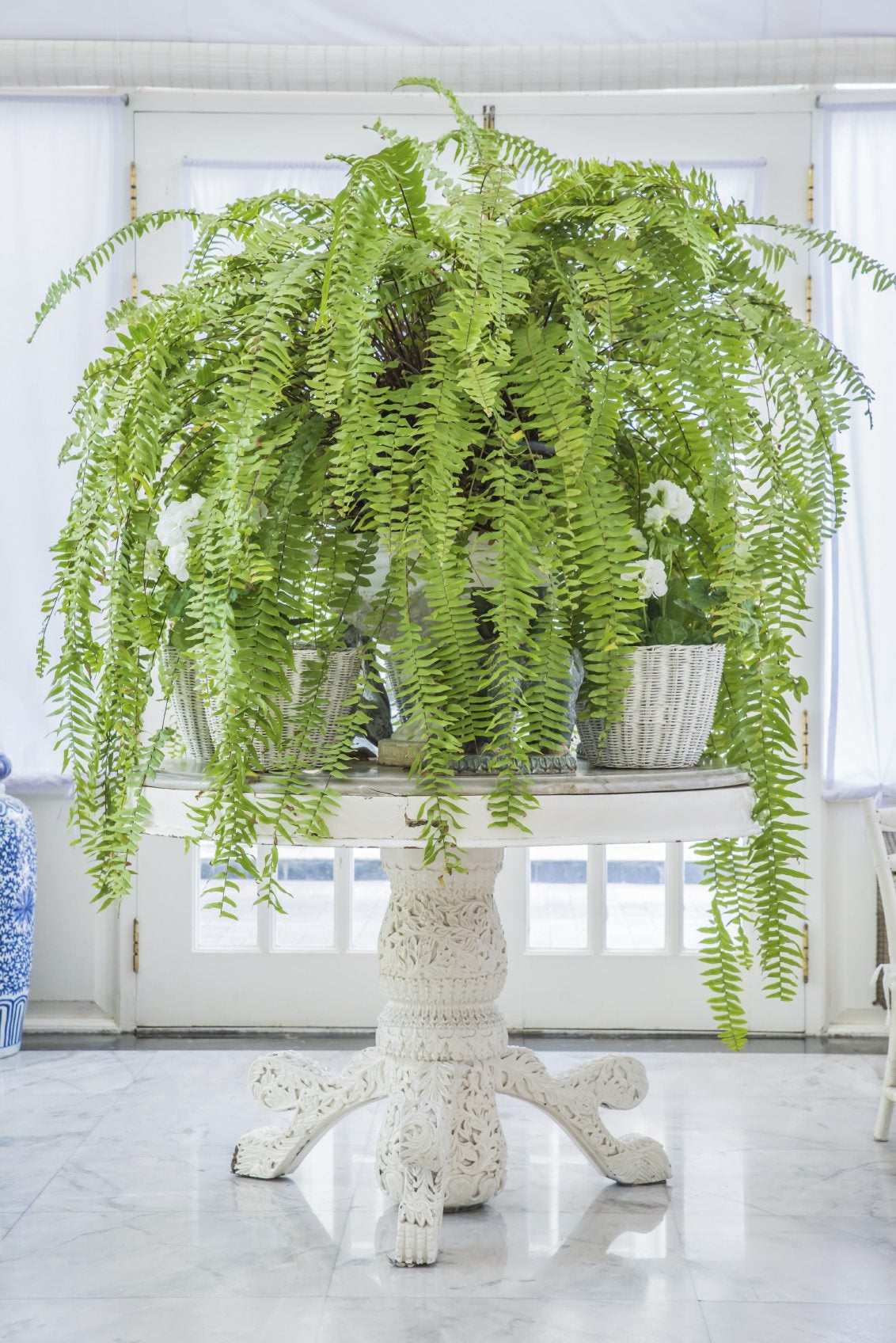

Amy Draiss
Boston fern (Nephrolepsis exaltata bostoniensis) is a dependable, old-fashioned charmer that decorates the environment with cascades of graceful, deep green fronds. Boston fern is a tropical plant that thrives with minimal care; however, light requirements for Boston ferns are a critical aspect of successful growing. Keep reading to learn about Boston fern light needs, including Boston fern light conditions.
How Much Light Does a Boston Fern Need?
Boston fern light requirements vary depending on the time of year. The plant benefits from bright, indirect light during fall and winter. A location where the plant gets at least two hours of indirect sunlight per day, preferably in the morning or late afternoon, is ideal. Boston fern light conditions must change when sunlight is more intense in spring and summer. During the sunny time of year, the fern needs a semi-shady location, such as a window with a northern exposure. Avoid direct, intense sunlight from a window with southern or western exposure unless the window is protected by a sheer curtain, or if the window is shaded by a tall outdoor tree. Consider two important factors when you think about Boston fern indoor light any time of year. Boston fern won't tolerate bright sunlight or total shade.
- First, avoid intense, direct light, which can scorch the fronds.
- Secondly, keep in mind that without adequate sunlight, the plant won't thrive and is likely to drop its leaves.
Now that you know about Boston fern light conditions, you can consider the plant's other needs, which aren't complicated. Water the plant deeply whenever the top inch (2.5 cm.) of soil feels dry to the touch, then let the pot drain thoroughly before you return the plant to its drainage saucer. If the indoor air is dry, place the pot on a tray of wet pebbles to raise the humidity around the plant, but never let the pot sit in water. Fertilize the fern every four to six weeks during spring and summer, using a water-soluble fertilizer diluted to one-quarter strength, or use organic fish emulsion. Mist the plant occasionally to clean dust from the leaves, but don't overdo; damp fronds are more susceptible to disease. Snip old fronds at soil level to generate healthy new growth.
Gardening tips, videos, info and more delivered right to your inbox!
Sign up for the Gardening Know How newsletter today and receive a free copy of our e-book "How to Grow Delicious Tomatoes".

A Credentialed Garden Writer, Mary H. Dyer was with Gardening Know How in the very beginning, publishing articles as early as 2007.
- Amy DraissDigital Community Manager
-
 Looking For Plants To Give You The Soft And Fuzzies? Try These 5 Fuzzy Leaf Plant Options
Looking For Plants To Give You The Soft And Fuzzies? Try These 5 Fuzzy Leaf Plant OptionsLovers of texture, drama, silver foliage and tactile plants will adore these special sensory garden additions. These fuzzy leaf plant options will leave you all aglow
By Susan Albert
-
 Get Ready For A Summer Of Hummers! Grow These Full Sun Hummingbird Plants and Flowers
Get Ready For A Summer Of Hummers! Grow These Full Sun Hummingbird Plants and FlowersIf you’re lucky enough to enjoy a sunny backyard, make sure you are maxing out on your pollinator opportunities and grow these full sun hummingbird plants and flowers
By Tonya Barnett
-
 Best Spider Plant Soil – Complete Soil Guide And Expert Tips For Keeping Plants Happy
Best Spider Plant Soil – Complete Soil Guide And Expert Tips For Keeping Plants HappySpider plants are fun and easy plants to grow, but what is the best soil for a spider plant? Selecting the right soil is important so they can thrive.
By Bonnie L. Grant
-
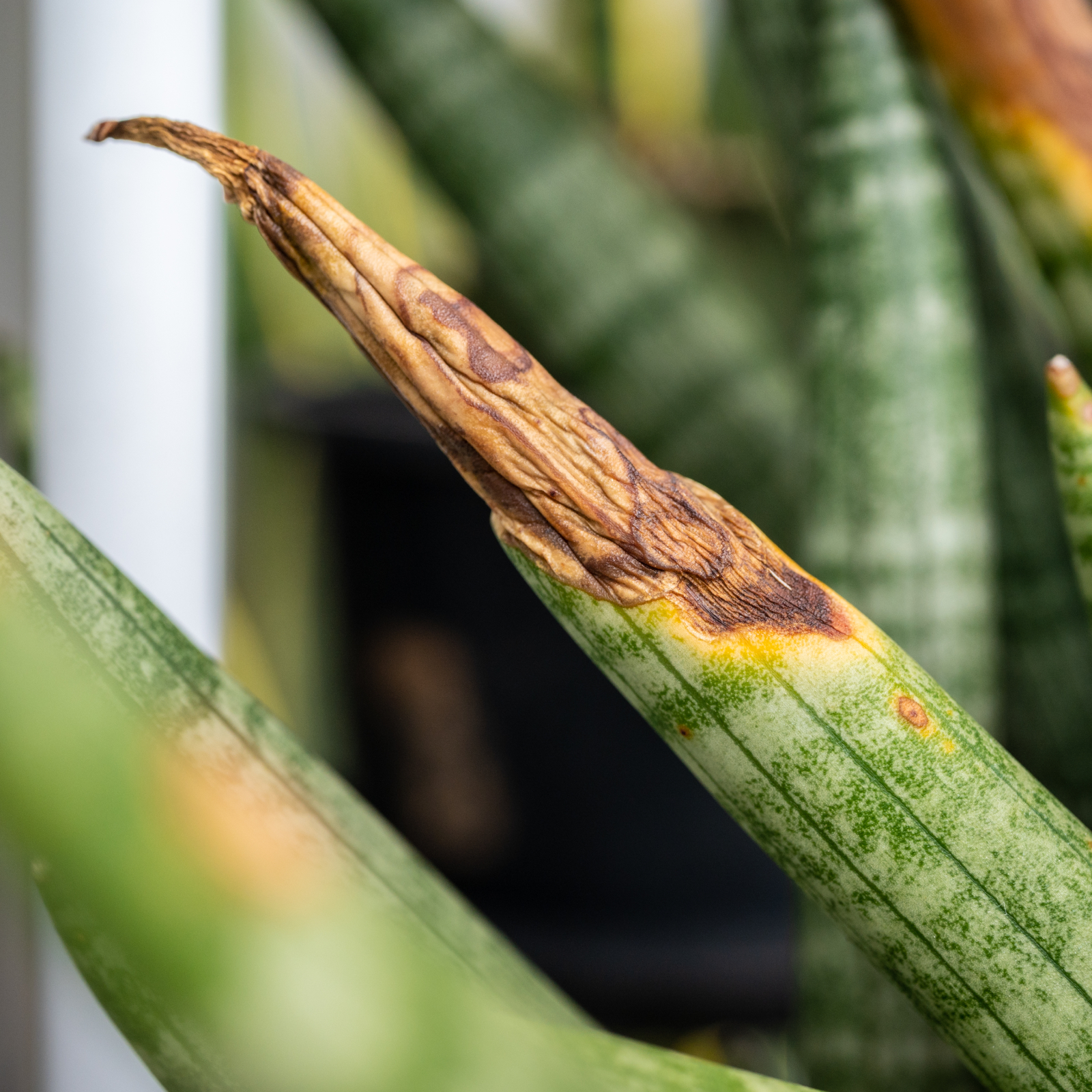 Help, My Snake Plant Is Mushy! Advice For Root Rot In Snake Plants
Help, My Snake Plant Is Mushy! Advice For Root Rot In Snake PlantsSnake plants are hardy houseplants, but they can be susceptible to root rot. Learn how to prevent and treat this common snake plant problem.
By Amy Grant
-
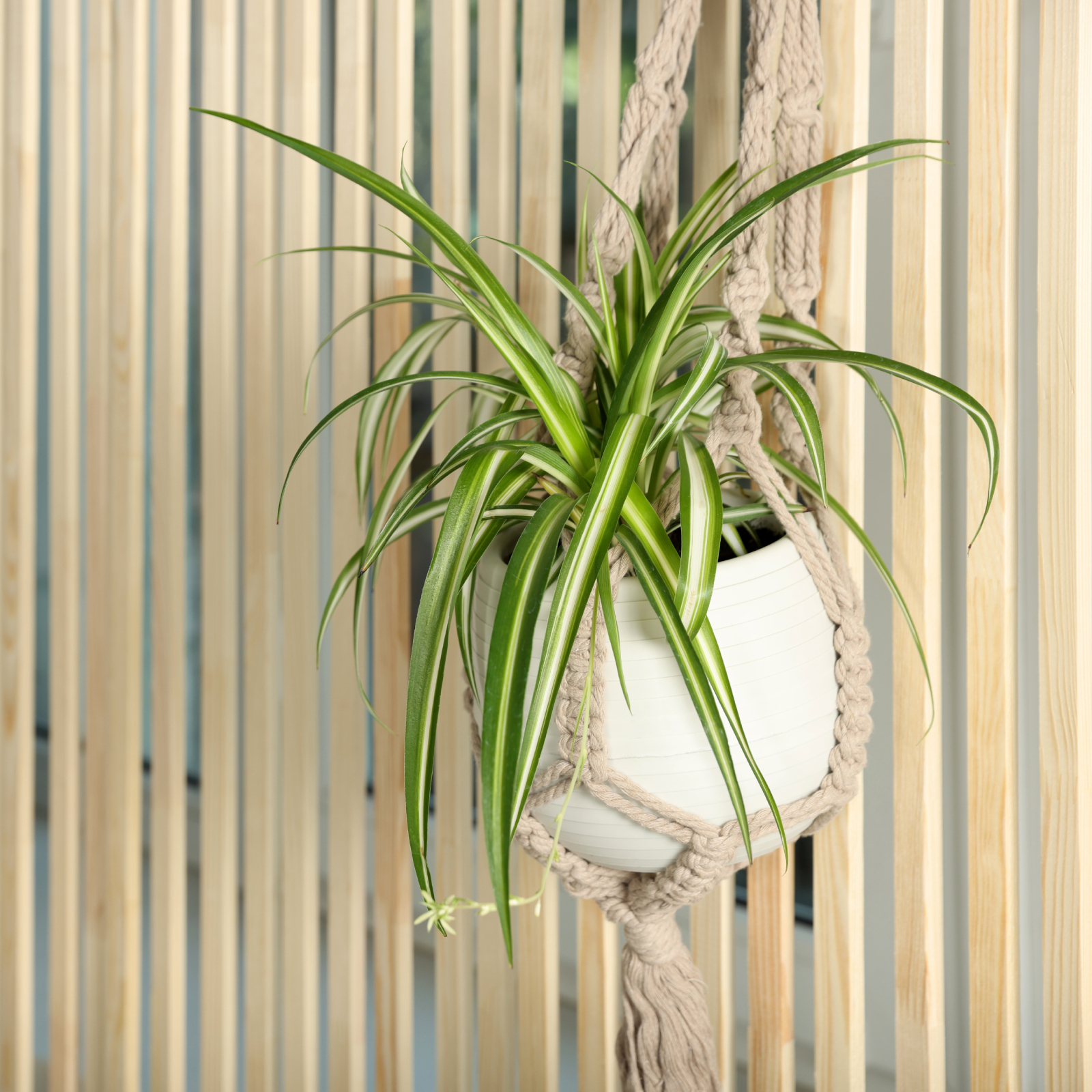 How To Grow A Hanging Spider Plant – For An Elegant Indoor Or Outdoor Display
How To Grow A Hanging Spider Plant – For An Elegant Indoor Or Outdoor DisplayOf all the beautiful baskets we see, the hanging spider plant is probably the easiest to grow. Let your hanging basket spill over with little spider plantlets!
By Teo Spengler
-
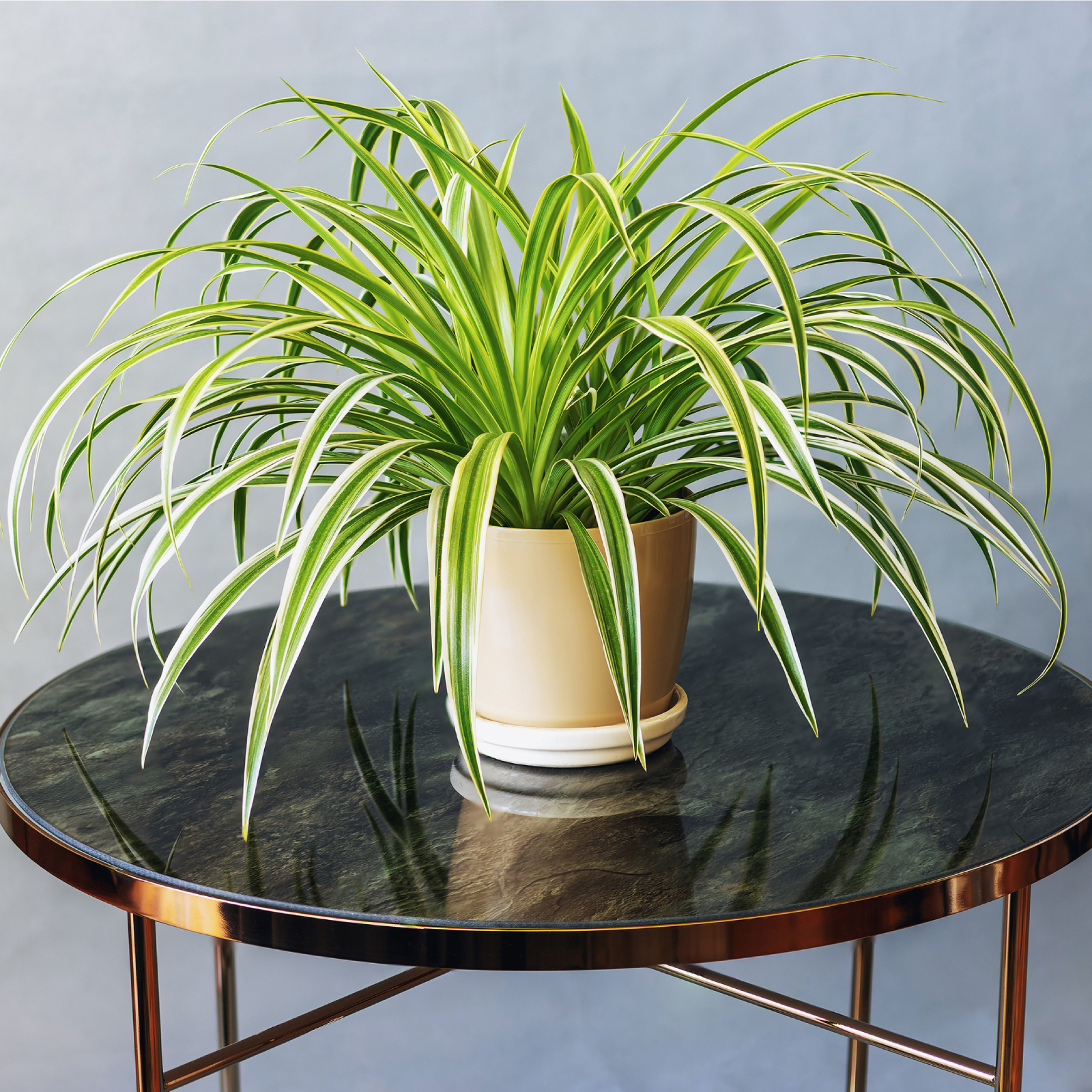 How To Care For A Variegated Spider Plant – Plus, Unique Varieties To Try
How To Care For A Variegated Spider Plant – Plus, Unique Varieties To TryVariegated spider plants and their streaks of green and cream tones bring interest and light to an indoor room, and will elevate your houseplant collection.
By Teo Spengler
-
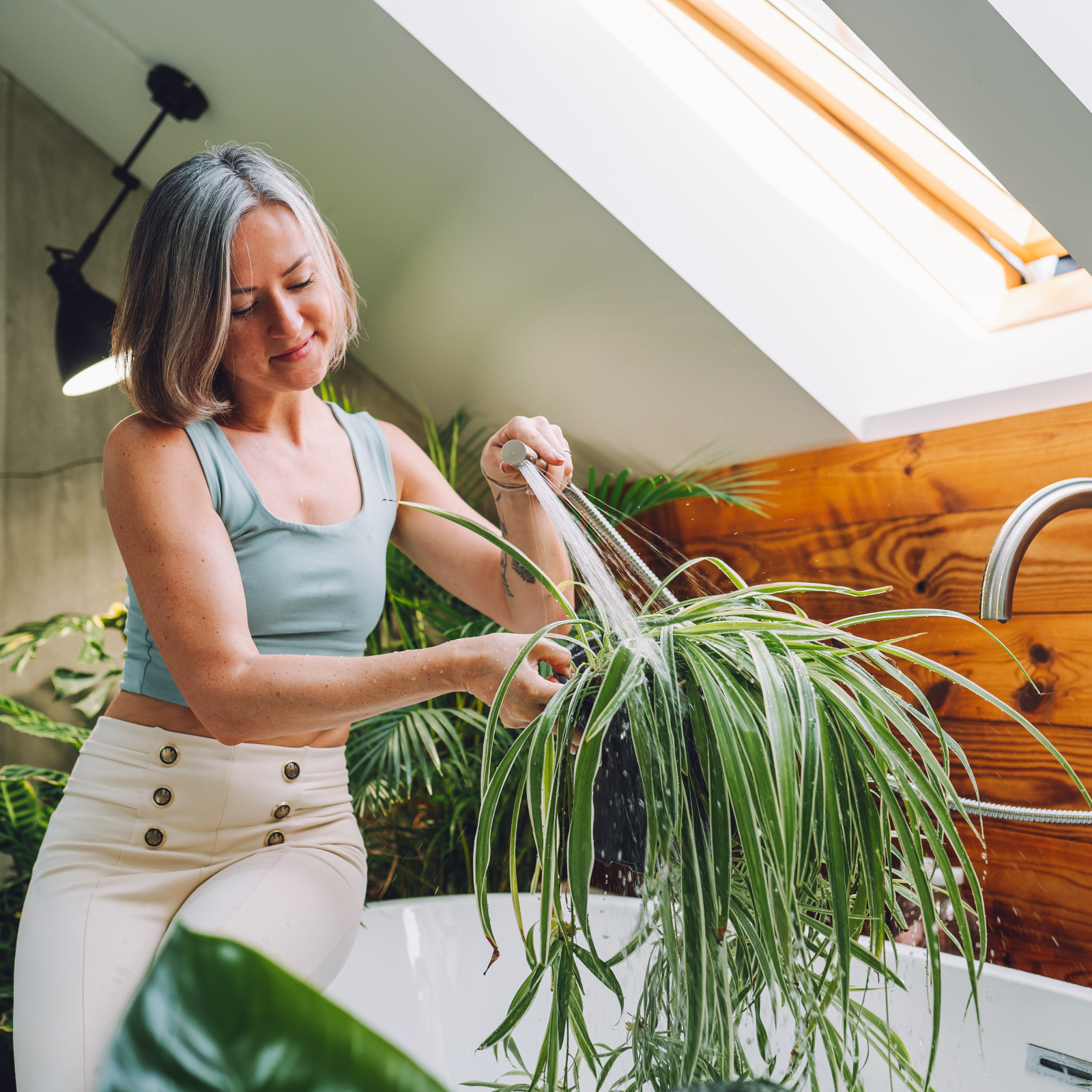 How Often Should You Water A Spider Plant? Tips To Keep Spider Plants Happy And Healthy
How Often Should You Water A Spider Plant? Tips To Keep Spider Plants Happy And HealthySpider plants are hardy and easy to grow, but they do need proper watering to thrive. Read our tips on how often to water your spider plants.
By Amy Grant
-
 Snake Plant Getting Enough Light? Understanding Light Requirements And How To Adjust
Snake Plant Getting Enough Light? Understanding Light Requirements And How To AdjustSnake plant light requirements aren’t as stringent as for some houseplants, but the right lighting is important for their growth and well-being.
By Tonya Barnett
-
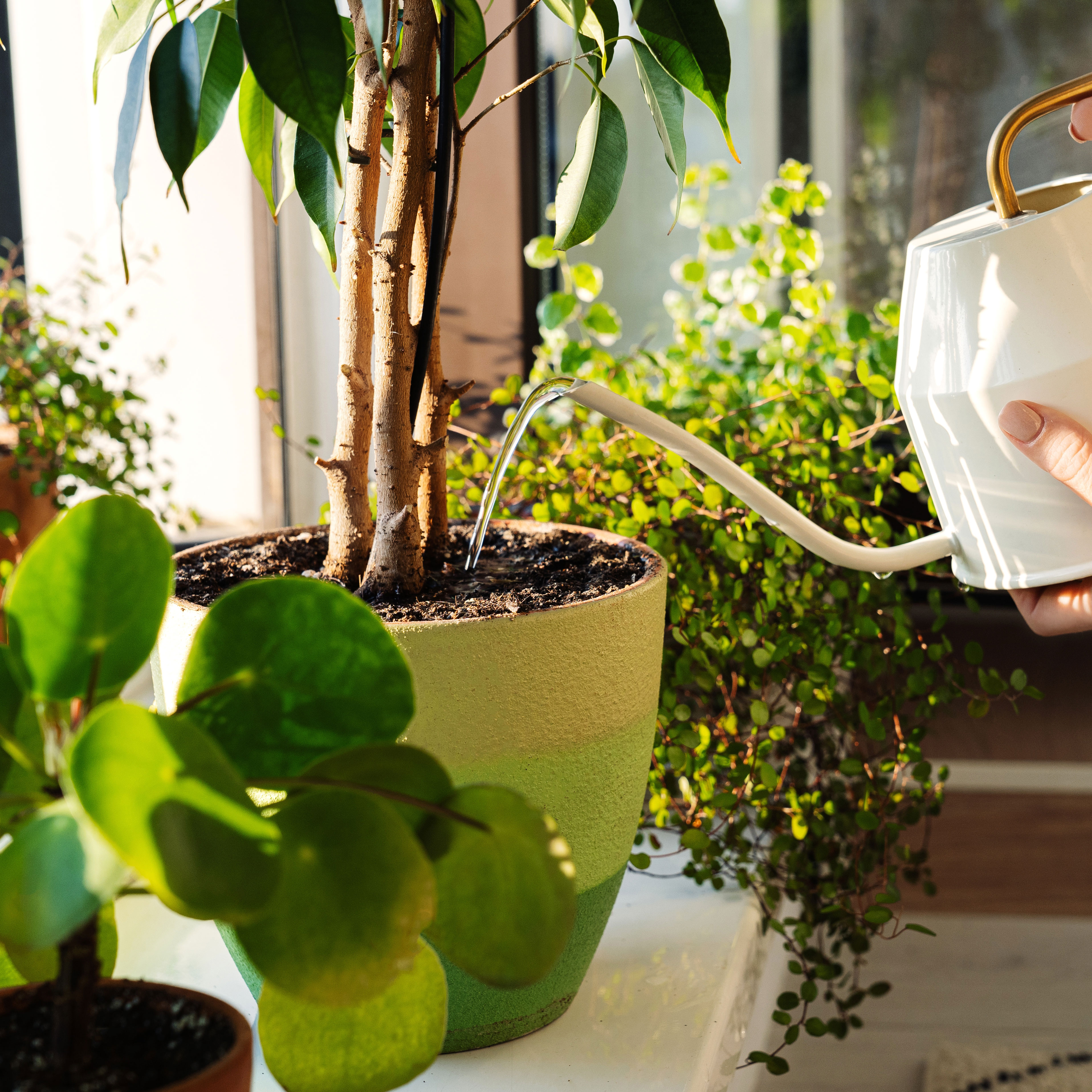 Feeding Houseplants: How And When To Fertilize Indoor Plants Like A Pro!
Feeding Houseplants: How And When To Fertilize Indoor Plants Like A Pro!Container-based houseplants have specific feeding needs over and above plants grown in the ground. Here’s how and when to fertilize indoor plants the right way
By Bonnie L. Grant
-
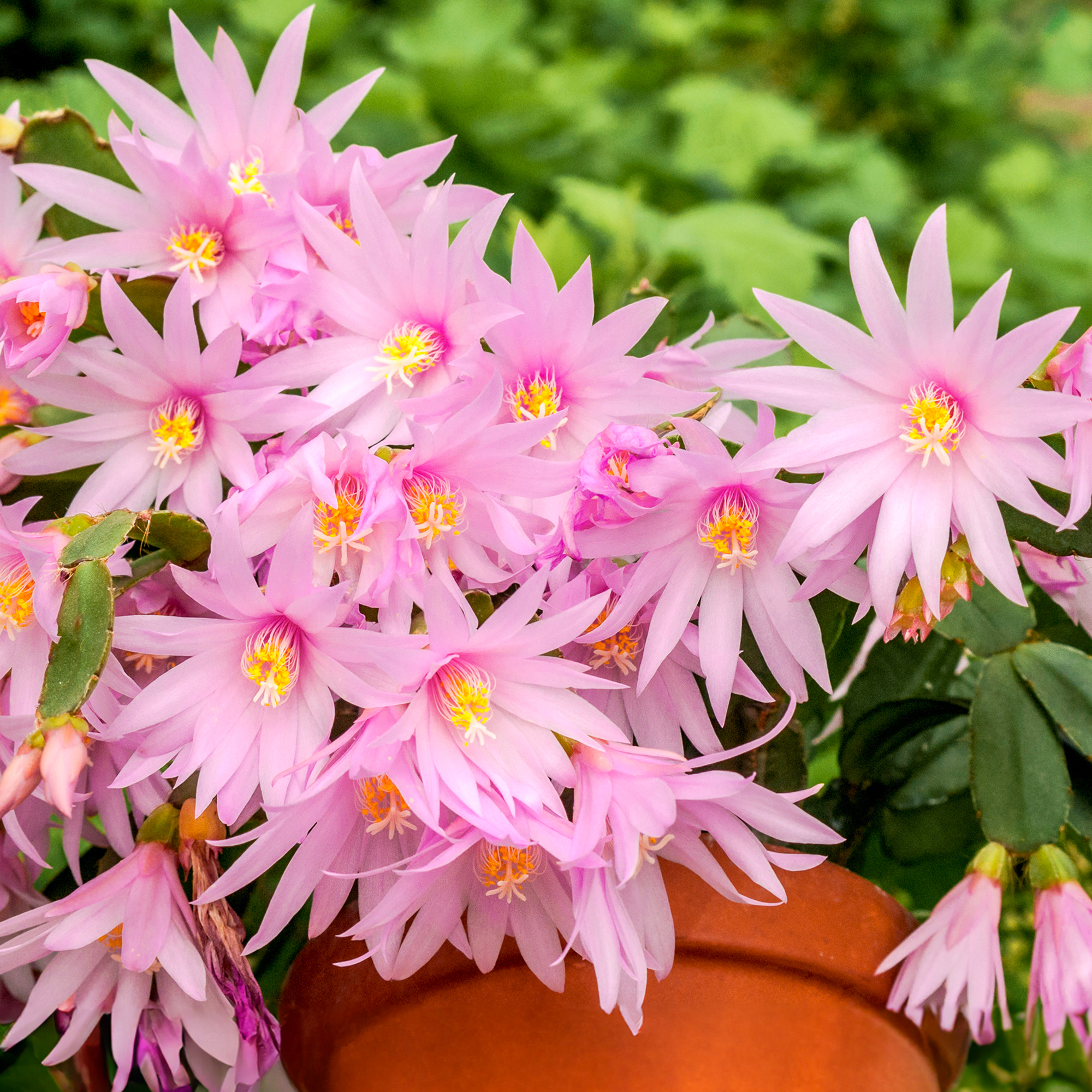 How To Get An Easter Cactus To Bloom Every Year: Expert Tips For Stunning Spring Flowers
How To Get An Easter Cactus To Bloom Every Year: Expert Tips For Stunning Spring FlowersDiscover the secrets to vibrant Easter cactus flowers and follow these key steps to ensure spectacular blooms just in time for spring.
By Melanie Griffiths